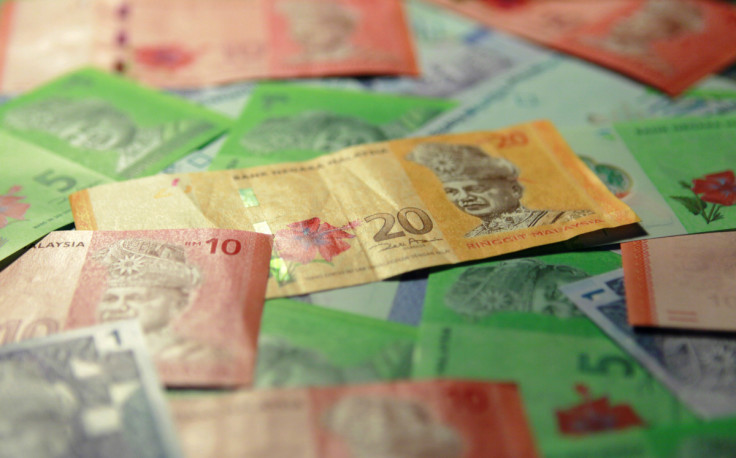Bearish Bets On Asian FX Stay Firm On Towering Dollar, Slowdown Fears: Reuters Poll

Bearish bets on Asian currencies stayed firm due to the unrelenting strength of the U.S. dollar, as ultra-hawkish posturing by most central banks globally, led by the Federal Reserve, stoked fears of a recession, a Reuters poll showed.
Sentiment was also hurt by the yuan weakening further through the week as China tightened its COVID curbs by doubling down on public checks and imposing lock downs on some residential areas after a rise in cases in recent weeks.
The country's monetary policy is also an outlier among major economies, whose central banks are aggressively raising rates. On Thursday, China's central bank kept lending rates unchanged for a second straight month, holding off more stimulus.
Short positions in the yuan, which have been at multi-year highs in recent weeks, rose marginally in the last two weeks, the poll of 14 respondents showed.
Similar bets on the Malaysian ringgit and the Indian rupee also inched higher, while those on the Indonesian rupiah and the Thai baht remained firm.
Regional currencies languished near multi-year lows -- with some near record lows -- in the shadow of a towering greenback.
Bearish bets in the ringgit, which has slumped nearly 12% so far this year, hit multi-year highs as analysts' view of the currency grew dourer due to the uncertainty around the country's upcoming general elections.
"Aside from political uncertainty, an uptick in foreign fund outflows from equities owing to volatile commodities prices, and aggressive rate hikes from the Malaysia's central bank could spark selling pressures on the country's assets as well," said Poon Panichpibool, markets strategist at Krung Thai Bank.
Short positions in the Singapore dollar, however, narrowed in the past weeks as the island-state's currency was better positioned to handle the storm of rising rates, according to analysts.
"The city-state contains key banks that thrive when borrowing costs push higher," said Daniel Dubrovsky, an analyst at DailyFX IG.
"Despite recent tightening from the Monetary Authority of Singapore, USD/SGD, I think, is still poised to push higher soon."
The Asian currency positioning poll is focused on what analysts and fund managers believe are the current market positions in nine Asian emerging market currencies: the Chinese yuan, South Korean won, Singapore dollar, Indonesian rupiah, Taiwanese dollar, Indian rupee, Philippine peso, Malaysian ringgit and the Thai baht.
The poll uses estimates of net long or short positions on a scale of minus 3 to plus 3. A score of plus 3 indicates the market is significantly long the U.S. dollar.
The figures include positions held through non-deliverable forwards (NDFs).
The survey findings are provided below (positions in U.S. dollar versus each currency):
DATE USD/CNY USD/KRW USD/SGD USD/IDR USD/TWD USD/INR USD/MYR USD/PHP USD/THB
20-Oct-22 1.96 2.02 1.13 1.83 1.98 1.6 2.33 1.94 2
06-Oct-22 1.94 2.25 1.53 1.86 2.12 1.55 2.22 2.16 2.08
22-Sept-22 2.09 2.39 1.61 1.35 2.37 1.23 1.9 1.94 1.86
08-Sept-22 2.04 2.33 1.54 1.13 1.93 1.35 1.89 1.7 1.59
25-Aug-22 1.68 1.85 1.12 1.03 1.53 1.31 1.9 1.38 1.28
11-Aug-22 0.86 1.1 0.51 0.83 1.14 1 1.41 0.88 0.87
28-July-22 1.14 1.63 0.92 1.31 1.42 1.62 1.59 1.54 1.89
14-July-22 1.07 1.84 1.44 1.59 1.76 1.98 1.68 2.06 1.78
30-June-22 1 2 1.08 1.5 1 1.8 2 2.05 1.39
16-June-22 1.54 1.79 1.35 1.33 1.23 1.66 1.67 1.7 1.34
© Copyright Thomson Reuters 2025. All rights reserved.





















